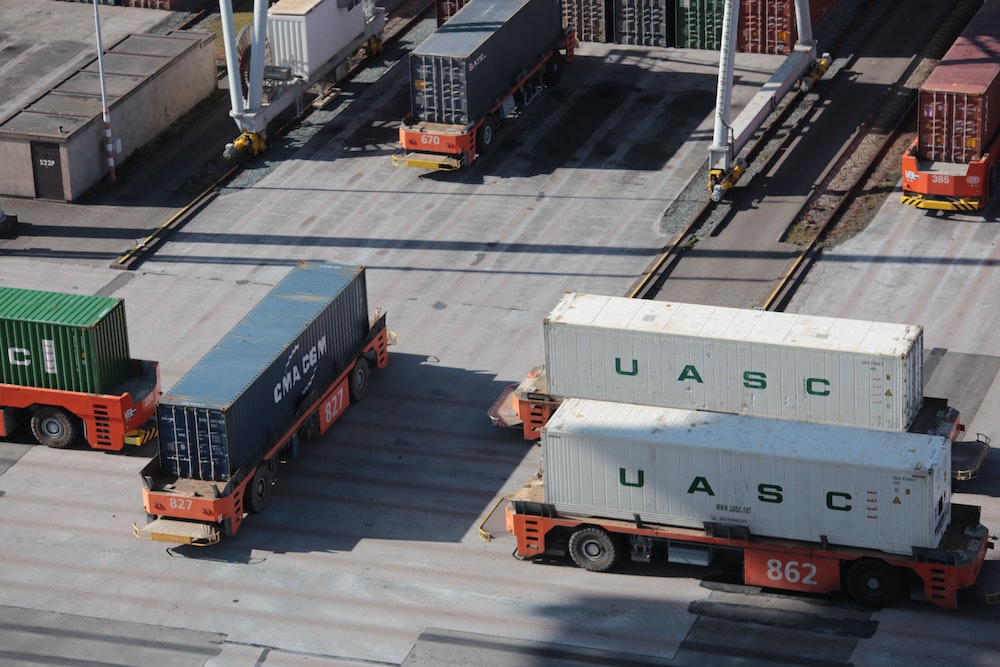As a freight forwarder, our job is to always stay ahead of what’s happening in the world of shipping. One of the ways that’s evident is in our monthly shipping reports. We stay up to date with current news that affects shipping, and that’s been a lot in recent years! Knowing the state of the industry and how the pandemic, global conflicts, and port lockdowns are affecting shipping timelines helps us better manage clients’ shipments.
Another thing we do to ensure your shipments get where they need to be, regardless of container capacity and other delays, is to manage our fall downs.
Defining Fall Downs
In shipping, fall downs are the scheduled shipments that don’t go through; instead, they “fall down.” According to Freight Forwarder Mario Bruendel, the average rate of fall downs for exports is between 30% and 40%. That means that up to 40% of exports managed by freight forwarders aren’t actually happening. Which results in unused container capacity. As of February 2022, 11.6% of global container fleet capacity was unutilized. That’s a pretty big deal and something we aim to change through forward-thinking shipment management.
How We Manage Clients’ Shipments
At Cyclone Shipping, we strive to stay lower than those fall down numbers, whether we’re facing global delays, or everything is running smoothly in the world of shipping. The way we do that is threefold:
1. Confirm with you 7 days prior to cutoff
Our communication with customers is stellar, from your initial call to after your deliveries are in your customers’ hands. But when it comes to the actual shipping date, exporters expect to hear from us a week before the shipment is scheduled to be shipped. During this check-in, we confirm that you’ll still be using the booking we’ve scheduled. If not, we can let the carrier know, and in some cases, we can even give that booking to another client.
2. Check vessel rotation
With last-minute changes becoming more commonplace to deal with port congestion and lockdowns, it’s possible that a booking we’ve made could be earlier or later than expected. That’s why, within a few days of scheduled shipments, we reach out to the carriers and double-check vessel rotation. This allows us to always know what’s happening, right up to the minute carriers leave port.
3. Review container activity
As we’re checking vessel rotation, we’re also reviewing container activity. If ship containers aren’t full 2–3 days prior to leaving port, we reach out to our clients to see if they need the booking. This enables carriers to fill the extra space they have and sometimes allows for last-minute shipments to get to their final destinations on time.
Put a Freight Forwarder on Your Team
When your business relies on getting shipments to their final destinations on a certain schedule, the time has long passed of doing it on your own. When you work with a freight forwarder like Cyclone Shipping, you can rest assured that we’re managing schedules and shipments right up till ships pull away from shore. We coordinate with carriers and with you at each step along the way to get your shipments out, and we are even able to accommodate last-minute changes.
Stop worrying about shipping and start focusing on your business. Contact us to learn more about our freight-forwarding services and how we manage clients’ shipments.




